New Epolitics.com constributor Brett Schenker is currently the Email Deliverability Specialist at EveryAction, where he educates national nonprofits, associations, and labor unions on email best practices and future trends.
Nonprofits have never had a more powerful fundraising tool than they now have in email, and Americans are giving more than they ever have before. But new research from our email deliverability team at EveryAction shows nonprofits may be missing a key metric for a successful online fundraising program.
The 2015 Nonprofit Email Deliverability Study released by the EveryAction team found that, on average, 12.29% of email being sent by nonprofits was going to spam folders. We looked at 55 of the nation’s leading nonprofits to determine realistic benchmarks for engaging audiences and requesting donations through email fundraising.
While most email fundraising programs pay attention to the opens, clicks, and actions taken, many organizations overlook their email spam rate. There are many factors that go into determining how your email is handled:
The reputation of your domain and the IP of your email messages.
Domain reputation becomes even more important as time goes on. It’s kind of like your credit score. As you prove you can manage email well, it’s likely more emails make it to the inbox.
The specific actions people take with your email.
The more people open, reply, forward, and put email in folders, the more likely email services providers will see the email you send.
Few negative interactions on your emails.
Avoid negative interactions like people clicking the spam button or deleting the email without reading it. These hurt your email reputation. Single click unsubscribes are a great way to reduce people marking your emails as spam.
Cleaning up inactive email addresses.
Inactive emails are the zombies of the email world. You need to manage them before they become a giant horde you can’t control. If someone hasn’t engaged with your emails, try changing your message. Sometimes engaging with them differently is the secret of bringing them back to life. If you’ve made multiple attempts without any luck, it’s better to move them to an inactive list.
There are many more factors to consider than those above, but it’s important for organizations to recognize that each email that winds up in the spam box is a missed opportunity to get a message in front of supporters. For each percentage of emails sent to spam, nonprofits lose $1,204 on average.
Every dollar is vital to your organization’s success and with simple changes you can make sure you’re minimizing the amount of email that’s not being delivered.
My job at EveryAction isn’t just about creating reports. I want to see your organization succeed and am always happy to support you in any way that I can. Email is an ever-evolving world and email deliverability is one key area that is often ignored.
Get ahead of your deliverability issues before they get out of hand. Read our full report.

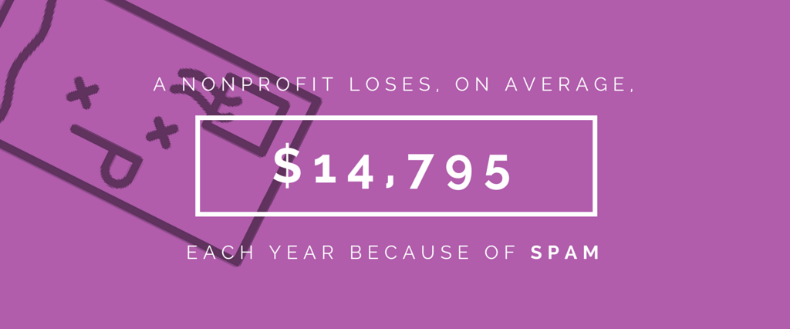
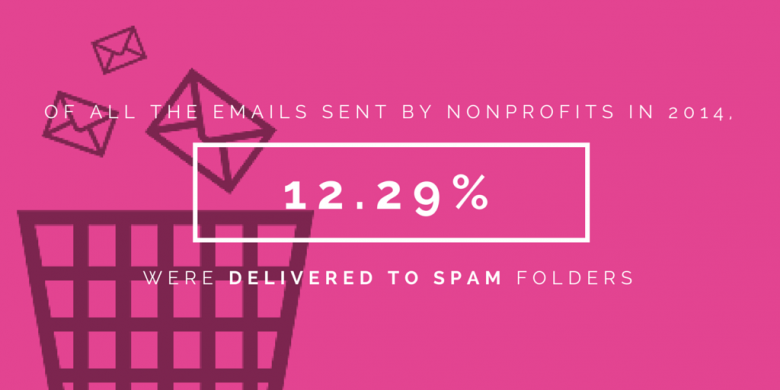
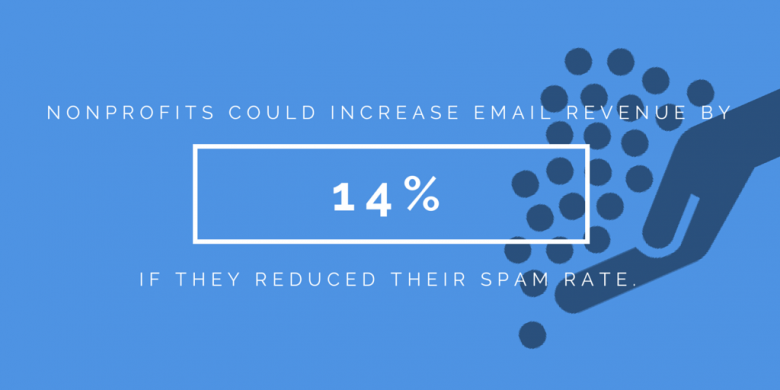
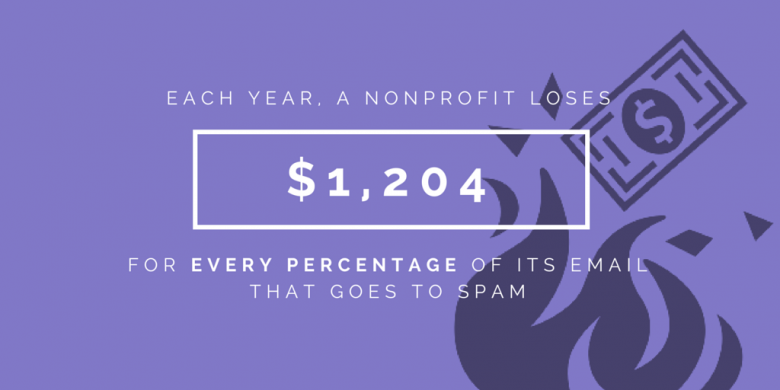
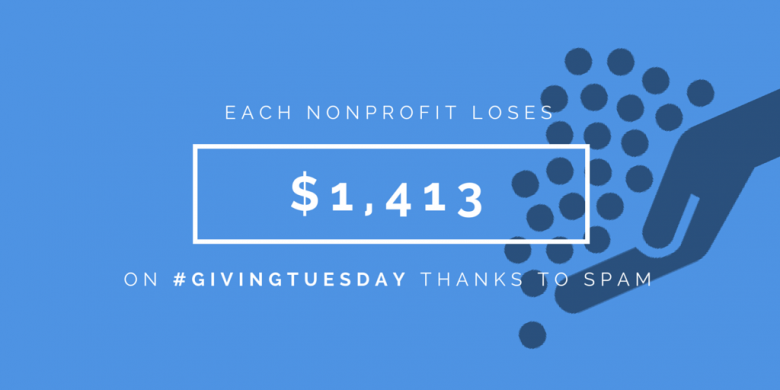
I know this is an old post, but I’m finally endeavoring to take a lot of the advice I’ve been reading over the last 2 years about list cleanliness and maintenance.
What are the best ways to check your domain’s reputation? What’s a good score? How do you correct problems with domain reputation?
Also, what are the best services to determine whether you have spam traps on your list? Is it best to just do a cleaning of emails that haven’t engaged and do double opt-in, or are there services where you can import your list to check for spam traps?